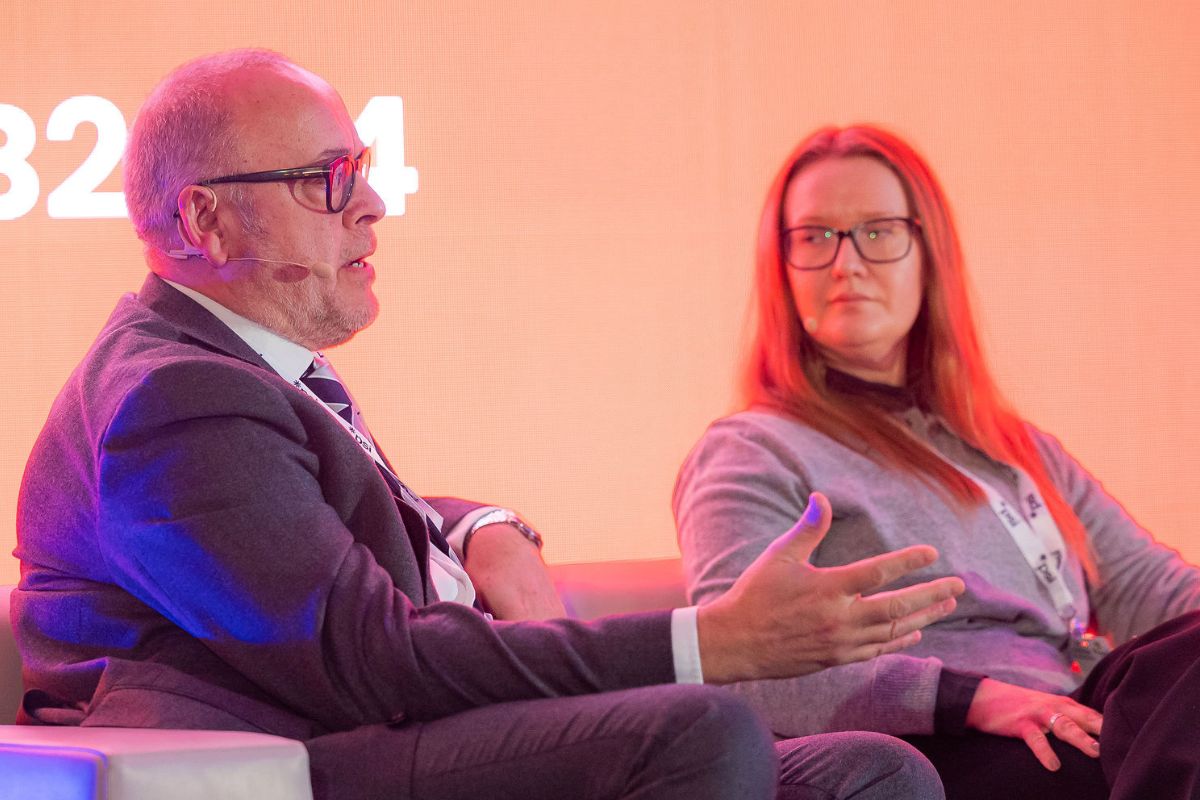Raise national numeracy rates to improve life chances

I am Les Khan an adult basic numeracy specialist. As a result of a career change I elected to teach within a further education setting, focusing upon teaching numeracy.
As a consequence, I was astounded to find a disproportionate number of school leavers who were barely numerate. Sadly, this fact was not confined to the educational establishment where I was employed but one that is a national problem and that has yet to be adequately addressed.
Inheriting these students presented a ‘contact time’ challenge and a conundrum of how to provide the ‘underpinning knowledge’ for numeracy without relying on methods that had been previously so ineffective. Subsequently, I developed and tested a range of kinaesthetic techniques for basic maths on my classes of ‘foundation level’ students.
As a result my learners have consistently surpassed national numeracy benchmark achievement rates for ‘functional skills entry level 3, level 1 and level 2 and foundation maths GCSE. Consequently, many of those students have gone on to attend and successfully complete vocational courses with some obtaining apprenticeships and others obtaining full employment.
Using interlinked kinaesthetic techniques, derived from ancient techniques, I have developed an immediate ‘impact’ strategy to develop, support and consolidate basic numeracy learning.
The use of these interlinked kinaesthetic techniques has proved to be highly effective with improving the achievements rates of ‘NEET’ type students i.e. those school leavers who are not in education, employment or training. The basic maths programme, (functional skills entry Level 3 to Level 2 and foundation GCSE), has proved to be highly effective with learners who have previously attained a grade 3 GCSE and who require a grade 4 to pass the resit!
So What?
The Programme for International Student Assessment (PISA) is undertaken once every three years and tests 15-year-olds’ abilities in the core academic disciplines of reading, maths and science.
Launched in 2000, around 540,000 students from 72 countries took part in PISA in 2015. The results revealing the top performing countries around the world.
However, despite attempts to replicate the educational practices of East Asian countries, the UK’s performance in maths has fallen, with the UK dropping from 26th to 27th in the rankings with a decrease in average point score from 494 to 492. (OECD mean = 490)
According to the data, some 22 per cent of 15-year-olds in the UK do not reach Level 2 – the baseline level of achievement – which means they cannot solve problems “routinely faced by adults in their daily lives”.
Within the UK results vary with students in England and Northern Ireland scoring 493 points in maths and students in Scotland scoring 491 points on average. However, Welsh students scored just 478 points – below the OECD average – a pattern which is reflected in reading and science.
1976 James Callaghan, (then Prime Minister), gave a speech at Ruskin College, Oxford, calling for a “Great Debate” on education. Within this speech Callaghan voiced concerns, originating from complaints from industry, that new recruits often lacked the basic skills to do the job!
1999 – The Moser Report indicated that 20%, (8 million), of adults had severe problems with functional literacy and numeracy.
2003 – The Basic Skills Survey revealed that of the adult population 56% had literacy skills and 75% had numeracy skills below the level expected of a 14 year old!
2016 the UK Govt. spent £26 billion on secondary education! 700,000 school pupils took Maths GCSE with a 67% achievement rate! The number of school leavers who failed to achieve a grade ‘C’ or above was two hundred and thirty one thousand YES… 231,000!
All of my session plans and scheme of work are mapped to the current functional skills / GCSE standards and I focus on those post 16 school leavers / adults who have failed to attain any significant achievement with maths although the techniques have proved to be effective with young learners aged 9+.
In addition Deaf students who have been exposed to the strategies have also engaged, succeeded and achieved with these techniques due to the appeal to their preferred learning style…..Visual!
The interlinked strategies for numeracy have been applied to a range of vocational courses within further educational provisions and as a consequence I achieve legitimate success rates (Functional Skills entry 3 to level 2) in excess of national success rates…..within weeks!
I am, legitimately, attempting to help raise national numeracy rates and improve ‘life chances’. In addition, I also provide teacher and support staff training in respect of utilising the interlinked kinaesthetic techniques to raise numeracy attainment.
Les Khan an adult basic numeracy specialist
Results – 2017.
|
Qualification |
Current National Attainment Rate Data |
Anacapa Attainment Rates June 2017 |
|
Functional Skills Maths Entry Level 3 |
71.8% |
88%1 |
|
Functional Skills Maths Level 1 |
21.7% |
48%2 |
|
Functional Skills Maths Level 2 |
29.4% |
50% |
|
Foundation Maths GCSE |
17.6% |
30% |











Responses